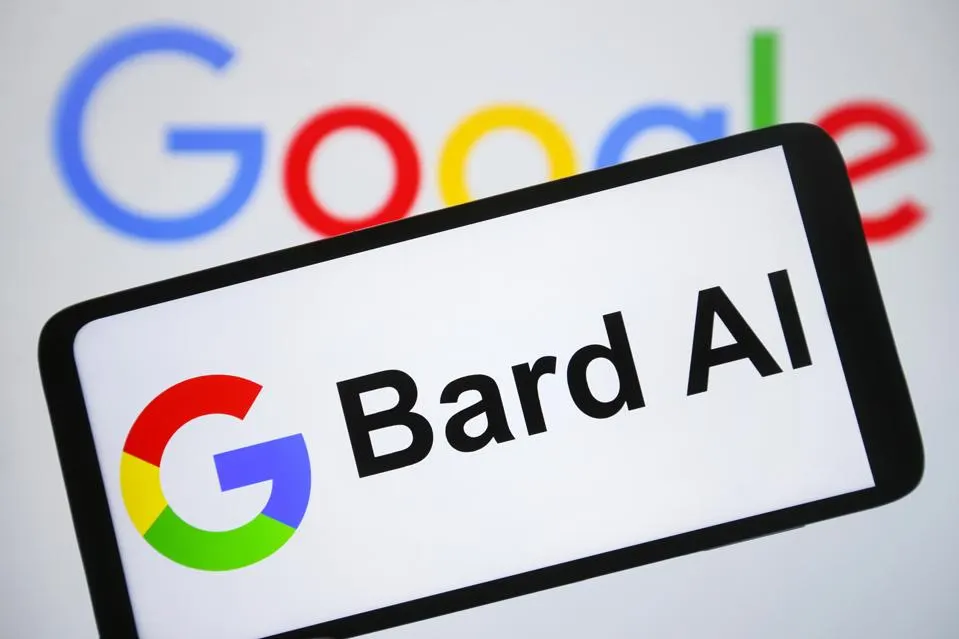There are tens of thousands—likely even more—of instructional videos on YouTube that can help viewers learn new skills, solve problems or tackle tasks and chores. However, not everyone is a natural-born instructor, and many creators come up short in making their instructions as clear as they could be.
Though viewers can rewind, sometimes it would be easier if you could ask the creator a question.
This is where Google’s Bard could help make the videos all the more informative. This month, it was announced that the chat-based collaborative artificial intelligence tool is being trained to understand YouTube videos. Bard can essentially “watch” the videos and then be asked about key details.
“We’ve heard you want deeper engagement with YouTube videos. So we’re expanding the YouTube Extension to understand some video content so you can have a richer conversation with Bard about it,” Google announced via its Bard Experiment page.
Obviously, the AI can only repeat what was in the video, but it can still help users better understand a key point that might have been overlooked.
It also isn’t entirely clear how it benefits creators, apart from perhaps making some videos more intuitive.
“It’s an intriguing development now that Bard’s growing capabilities include watching YouTube videos and answering questions. It’s updating the way we interact with information. Imagine the uses for this feature and a richer interactive experience! It certainly could complement and add value to user-generated content,” Susan Schreiner, technology industry analyst at C4 Trends, explained.
It Could Save Time
Bard could also help with those videos that go into too much detail—for example, the videos that teach rules to a board game. What if you only need clarification on a particular rule? Instead of watching a half-hour video, Bard could offer the answer.
“This could save someone substantial time when watching content that is either too wordy or has a substantial amount of information most of which the viewer isn’t interested in cutting down the amount of time they have to invest in a video before getting an answer,” Rob Enderle, principal analyst at the Enderle Group, added.
In the same way, it could be useful for recipes, where users can ask a question like “How many eggs do I need,” before any are cracked.
“Imagine watching a video and then asking for more precise ingredient measurements. Instructional or training videos are often tricky if a step is skipped or the explanation lacks precision,” Schreiner noted. “Now the user can ask for clarifications—on the fly. As people get comfortable with this feature, it’ll be interesting to see how this experiment will unfold.”
AI-Enhanced Experience
It is also possible that creators will consider how AI technology such as Bard is being used with their videos.
“It will improve the perceived quality of videos allowing users to get just what they need more quickly, and it will cut down on the amount of time a user would need to invest in an instructional video,” Enderle continued. “It might also help provide context for movie or TV show-based segments providing deeper engagement between those that create the videos and those that view them.”
There have been fears that AI could take work away from creators.
Instead, Bard could serve to make good videos all the better, suggested Schreiner. “At a time when Chatbots are triggering nightmares, it’s refreshing to imagine its potential as a learning or instructional tool in new ways.”

